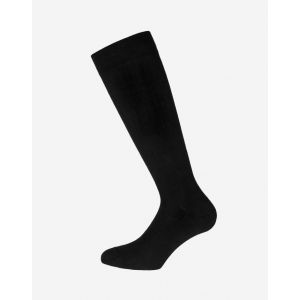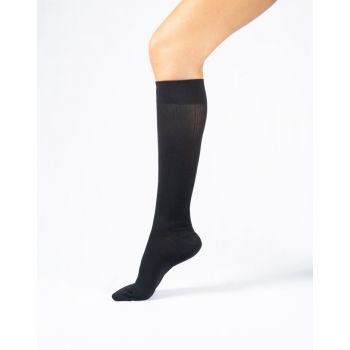10 Easy Ways to Improve Blood Circulation in your Legs


We give you some simple tips for day-to-day practice.
Improving leg circulation is important for maintaining overall health and well-being. Poor circulation in the legs can lead to a range of problems, including swelling, cramping, and even the development of ulcers.
Here are 10 tips to improve circulation in your legs:
1. Exercise regularly
Regular physical activity can help improve circulation by promoting the movement of blood through the body. This can be as simple as going for a walk or jog, or doing some exercises at home or at the gym. Here you can see which sports are ideal to improve leg circulation.
2. Elevate your legs
Elevating your legs above heart level can help improve circulation by allowing gravity to help push the blood back towards the heart. Try lying down on your back and placing a pillow under your feet, or sitting in a chair and resting your feet on a footstool.
3. Massage your legs
Massaging your legs can help improve circulation by stimulating the muscles and encouraging blood flow. This can be done by gently rubbing your legs in a circular motion, or using a foam roller or massage ball to roll out any knots or tightness in the muscles. We explained how to properly self-massage to improve circulation in this post.
4. Usa calcetines de compresión
Compression socks are designed to apply gentle pressure to the legs, which can help improve circulation by keeping the blood flowing. These socks are available in different levels of compression, so it's important to choose the right level for your needs. At Antipress, we offer mild compression socks, which are ideal to deal with small varicose veins. Here you can read a full guide to get acquainted with compression socks and better understand what you need.
5. Quit smoking
Smoking is a major contributor to poor circulation, as it narrows the blood vessels and makes it harder for the blood to flow. Quitting smoking can help improve circulation and reduce the risk of other health problems.
6. Eat a healthy diet
Eating a balanced diet that is rich in fruits, vegetables, and whole grains can help improve circulation. Foods that are high in antioxidants, such as berries and leafy greens, can help improve blood flow and reduce inflammation. Discover 5 foods that will increase your blood circulation.
7. Stay hydrated
Drinking plenty of water can help improve circulation by keeping the blood thin and flowing smoothly. Aim to drink at least one and a half litres of water per day to help keep your body hydrated and your circulation healthy.
8. Don't cross your legs
Crossing your legs when sitting is something you should avoid, as this can restrict blood flow. Instead, try to keep your feet flat on the ground and your knees bent at a 90-degree angle.
9. Avoid sitting or standing in the same position for too long
This can cause your muscles to become tight and restrict blood flow. To prevent this, try to take regular breaks and move around every 30 minutes or so.
10. Avoid wearing tight clothing
Especially around the waist, hips, and legs. Tight clothing can compress your blood vessels and make it harder for the blood to flow. Instead, choose clothing that is loose and comfortable, and avoid wearing high heels, as these can also restrict blood flow.
In addition to the tips above, it is worth mentioning that if you have any underlying health conditions that may be contributing to poor circulation in your legs, it's important to manage these conditions effectively. For example, if you have diabetes, you need to control your blood sugar levels to prevent damage to your blood vessels. If you have high blood pressure, it's critical to take your medication as prescribed and make lifestyle changes to lower your blood pressure.
Finally, you should see your doctor if you are experiencing symptoms of poor circulation in your legs, such as swelling, cramping, or pain. Your doctor can help diagnose the underlying cause of your symptoms and recommend appropriate treatment, which may include medications, therapy, or other interventions.
In conclusion, improving leg circulation is important for maintaining overall health and well-being. By following these tips, you can help improve circulation in your legs and reduce the risk of problems such as swelling, cramping, and ulcers.



